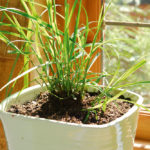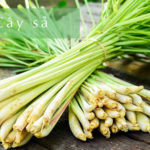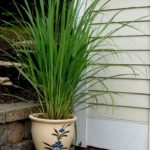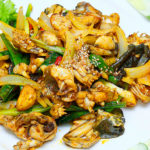Instead of buying spices from outside, all you need to do is grow them right in your own home.
Even the method of planting and caring for these plants is not too difficult.
1. Lemongrass
Lemongrass is a spice used a lot in Asian meals. You can boil lemongrass to create a light, refreshing tea that helps reduce bloating and enhance your overall health. People also use lemongrass to repel insects and promote better sleep.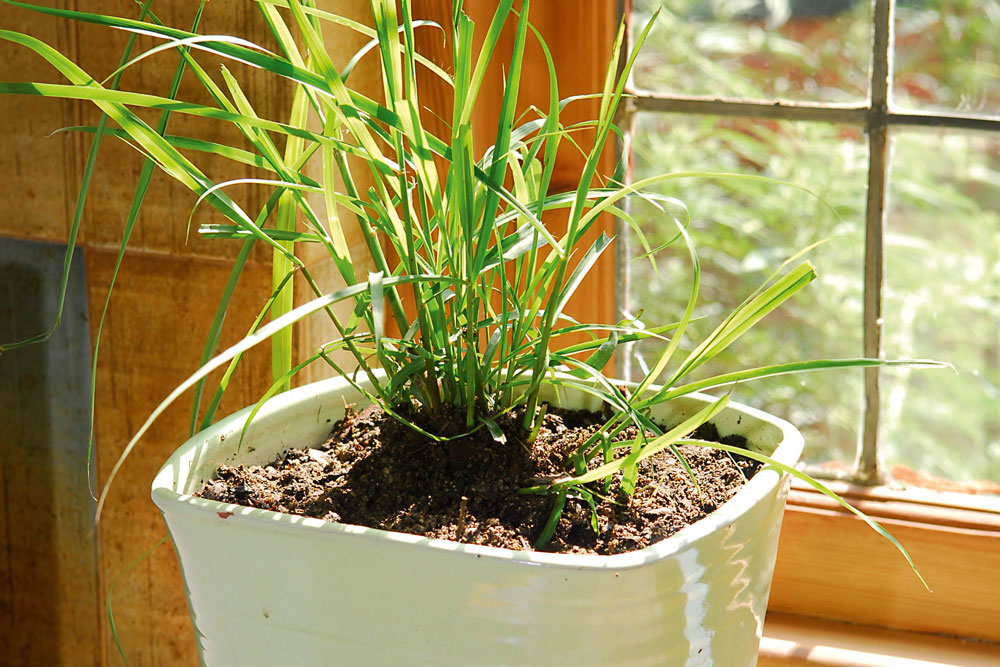
How to grow lemongrass at home:
Growing lemongrass at home is relatively easy. All you need to do is buy lemongrass from the market or supermarket. You can use a broken lamp in your house or an empty glass bottle. Fill it with water up to one-third and place the lemongrass inside. Then, keep them in a well-ventilated, cool place and expose them to sunlight. Remember to change the water regularly.
After about 2 days, the roots of the lemongrass will start to sprout. Keep soaking them for another week, and the lemongrass stems will grow better.
Continue soaking the lemongrass in clean water, changing it regularly to prevent rotting. After about 2 weeks, the lemongrass stems will grow normally on the ground. At that point, you can transplant them into your garden or plant pots.
2. Mint
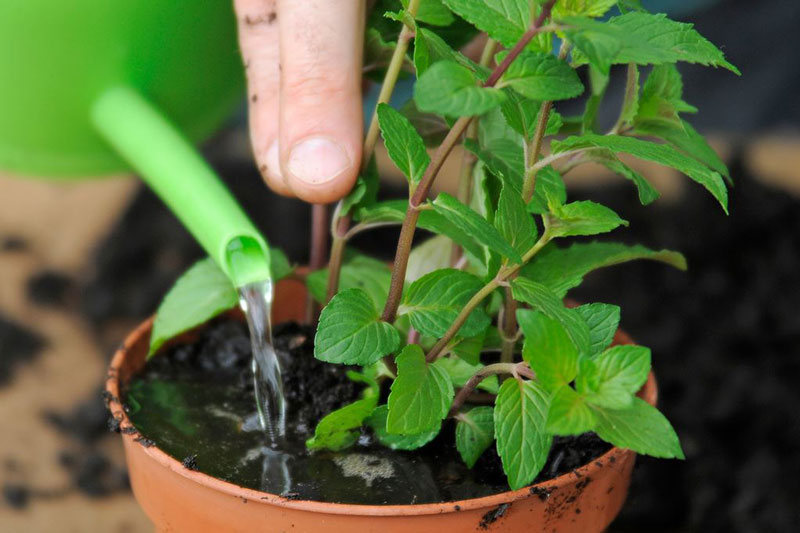
Mint is an herb that is widely grown and used in Vietnam. It is present in most daily dishes such as pho, stir-fries, and soups. Mint helps reduce fever, relieve headaches, improve skin conditions, and treat nausea.
How to grow mint at home:
Prepare the soil in a pot. Fill the tray or thick foam box with clean soil about 7-10 cm deep. Sow the seeds evenly in the tray. Mint seeds are very small, so do not cover them with soil and there is no need to soak the seeds.
If planting from stems, lay the stems diagonally in a trench about 20 cm apart, fill the trench two-thirds full with soil, and gently press the soil to allow the stems to come into contact with the moisture of the soil, which facilitates germination. After planting, water lightly along the row daily. After 5-7 days, the stems will grow into plants above the ground.
3. Coriander
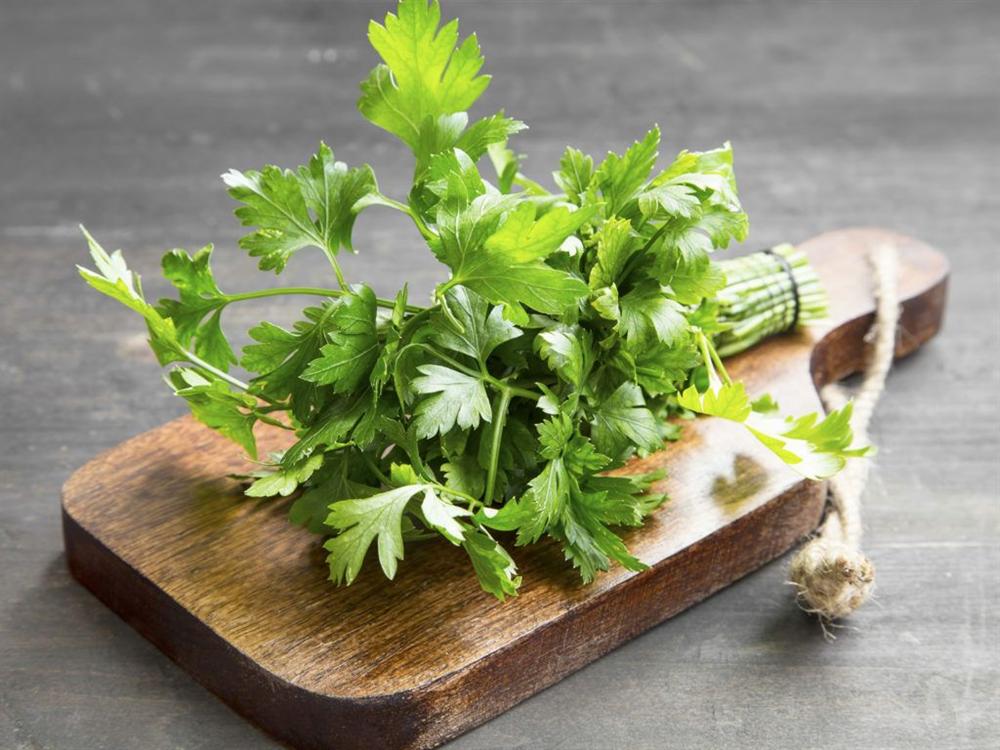
Coriander, or cilantro, is a herb that is commonly grown and used in Vietnam. It is used raw or as a seasoning to enhance the flavors of many delicious dishes. It is also a good herb for digestion and can treat infections.
How to grow coriander at home:
Coriander is an easy plant to care for and it has a high resistance to pests and diseases. However, coriander should be watered regularly for optimal growth and development.
After about 7 to 12 days, the plants will grow quickly. Mix fertilizer with water for watering, but be gentle to avoid uprooting or crushing the young plants. Remove weeds to ensure the smooth growth of coriander.
4. Vietnamese Mint
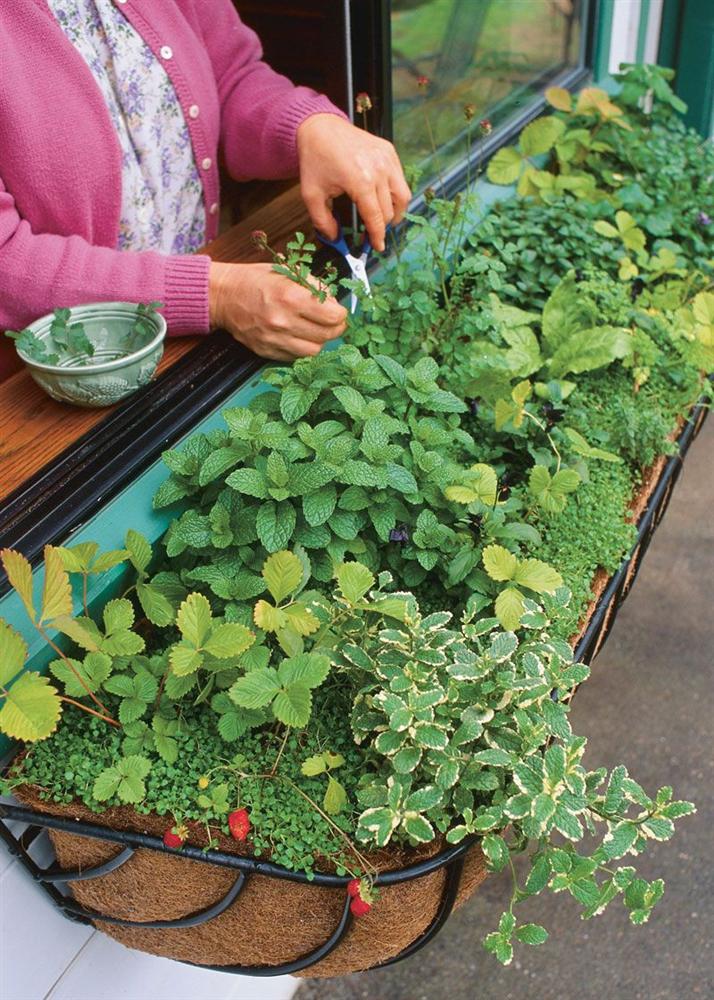
Vietnamese mint has a unique natural flavor that is widely used in Asian cuisine. It is often added to stir-fries, salads, or sour soups to make the dishes more flavorful and appealing. It is also considered to have medicinal properties.
How to grow Vietnamese mint at home:
Vietnamese mint is easy to grow, just make sure to water it regularly. Fertilize the plant when planting to promote growth. Prune the plants regularly to promote better growth. When pruning, leave about 2-3cm of stem above the ground to keep the plant alive.
5. Chives

Chives look similar to fresh onions, but they have a distinct and stronger flavor. They are widely used in Vietnamese cuisine.
How to grow chives at home:
Chives are easy to grow; just make sure they are watered regularly. Fertilize them adequately for good growth. Trim the plants regularly for better growth. When trimming, pay attention to leaving a length of about 2-3cm from the ground to keep the plant alive.
Source: Phụ nữ Việt Nam
16 Best Houseplants to Keep Mosquitoes Away
Having to deal with pesky insects such as flies and mosquitoes is something that most of us have probably experienced. Not only do these troublesome critters cause unsanitary spaces, they can also spread infectious diseases. While insecticides do the job, why not try something a little different and opt for plants to repel these insects while adding to the aesthetics of your home? Read on to learn more about the following plants that could help.
























